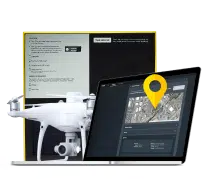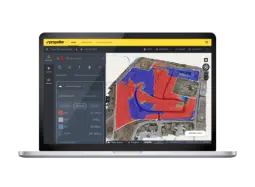3 Ways to Improve Scraper Productivity in Construction
The civil construction and earthworks industries firmly grasp the challenges of the skilled labor shortage, rising material costs, and limited machine availability. These strained resources are substantially impacting companies’ bottom lines, and project managers are being asked to deliver more with less. Optimizing machine and operator workflows is crucial for project managers to efficiently manage their crews and equipment onsite and to deliver projects on time and within budget. Here, we’ll examine three ways you can improve your scraper and operator productivity on the jobsite.
1. Monitor cut and fill volumes regularly
A key metric of progress tracking is calculating the cut and fill volumes your crews are producing. Scraper cycle count is usually measured manually by the operator, tallied on a piece of paper at the end of the day. The foreman then multiplies day’s count by the scraper pan volume to obtain the estimated volume moved that day. Unfortunately, this common practice is prone to error at each step of this manual process. Furthermore, cycle count totals reported at the end of the day or week prevent you from making data-driven decisions in near real time, when they matter the most.
Numbers and tallies are useful, but color-coded bar charts, accessible to all crew members, help keep your operators accountable and help you visually track your progress each day. You can highlight anomalies requiring further investigation, such as lower than average cut and fill volumes on a particular day (e.g. due to inclement weather). Ensuring your data is accurate before submitting your proof of work to your client means you’ll be prepared to answer questions, which helps reduce costly disputes, rework and progress claims.
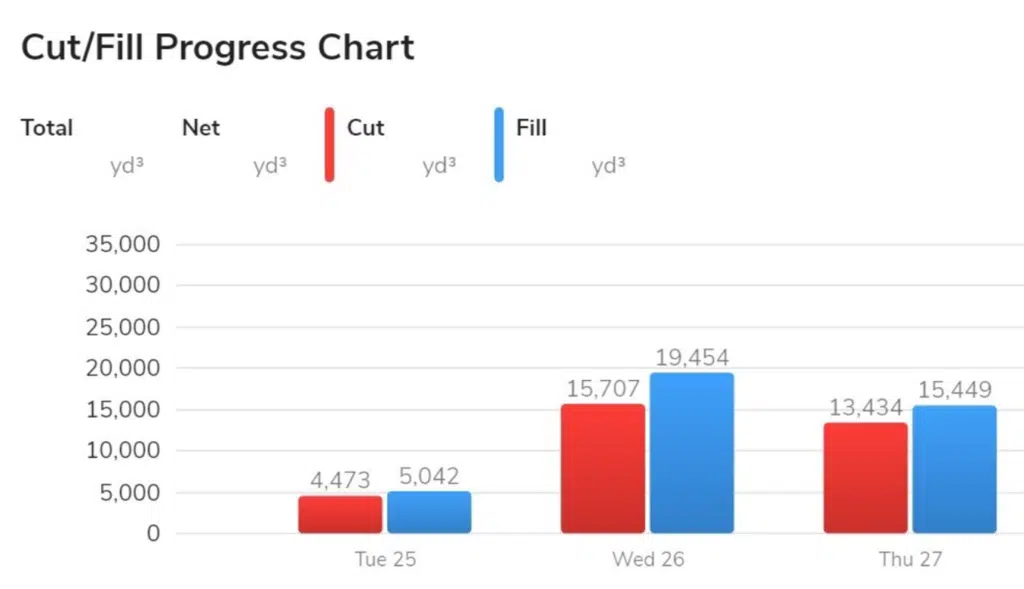
2. Track and analyze scraper productivity
Rising fuel prices and tight project deadlines are adding pressure to ensuring scraper utilization on your job site. Today, an idling machine is more than just unproductive time, the unnecessary fuel burn is costly to your business and the environment. Finding idling patterns – such as cab warm up during a lunch break or queuing in the machine route – identifies opportunities to optimize your scraper operations.
Tracking your scraper cycle counts, average cycle time and distance can give you valuable insights into your machine utilization and jobsite productivity. These metrics are vital to keeping your operators accountable, providing upskill opportunities for your crews, and identifying potential route improvements that can enhance operator and route efficiency. Carefully examining these key metrics can also help you manage your costs and improve your estimates when bidding on new projects.
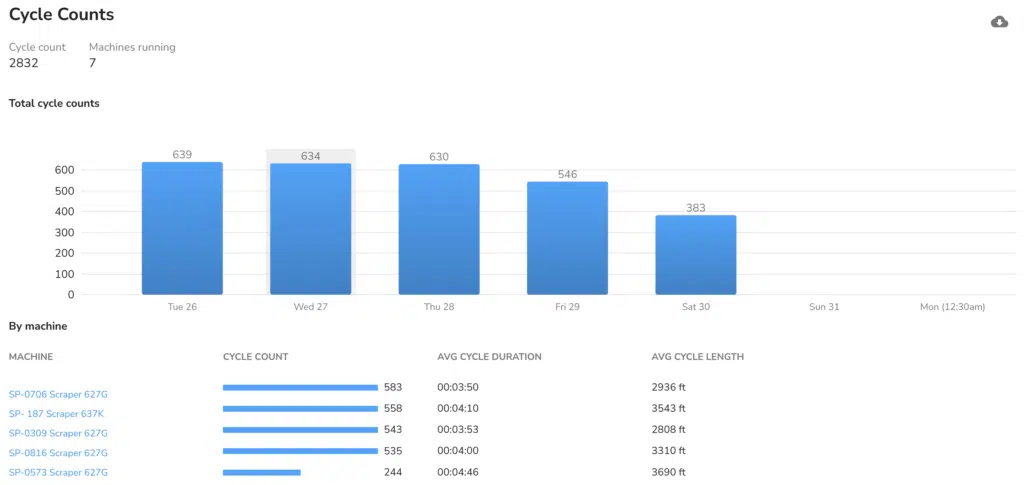
3. Embrace technology
Data is vital to the productivity of your scrapers on the jobsite, but if that data isn’t accurate, easily accessible, and shareable it can negatively impact your project deliverables and bottom line. Given the volatile nature of today’s industry, with strained resources and tight deadlines, more often contractors are adopting technology to visualize their jobsite data in a meaningful way that empowers them to make data-driven decisions.
A new survey-grade work tool is currently available for contractors to easily manage volume measurement and worksite productivity – Propeller PPK and DirtMate.
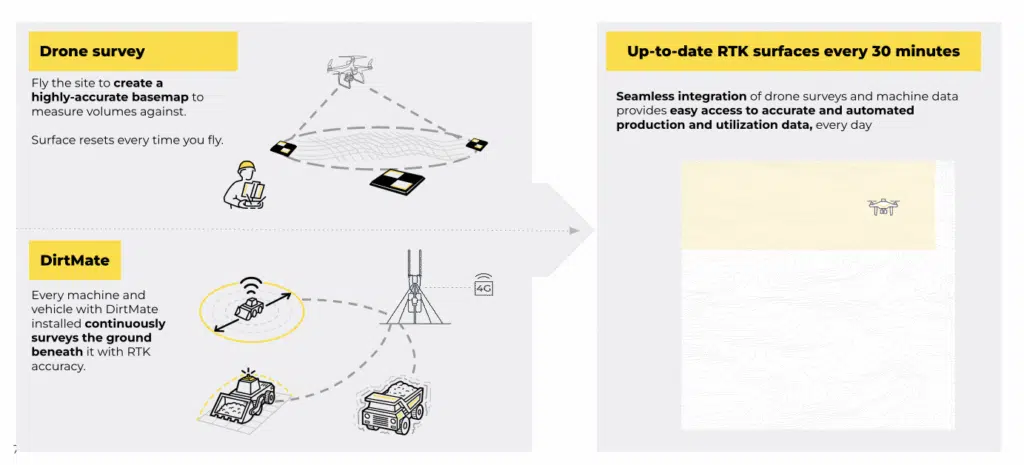
Construction and earthworks teams around the world are using drone technology paired with Propeller PPK to collect, process, analyze, and visualize site data for productivity tracking and to improve their business. While drone surveys capture data from the sky, DirtMate captures data on the ground. Mounted on the cab of machines and equipped with GPS, DirtMate continuously provides machine location and elevation, surveying the ground beneath the tires or tracks to automatically generate key production data every day, on demand.
Working together, Propeller PPK and DirtMate can make your production data more easily accessible and shareable for your team.
